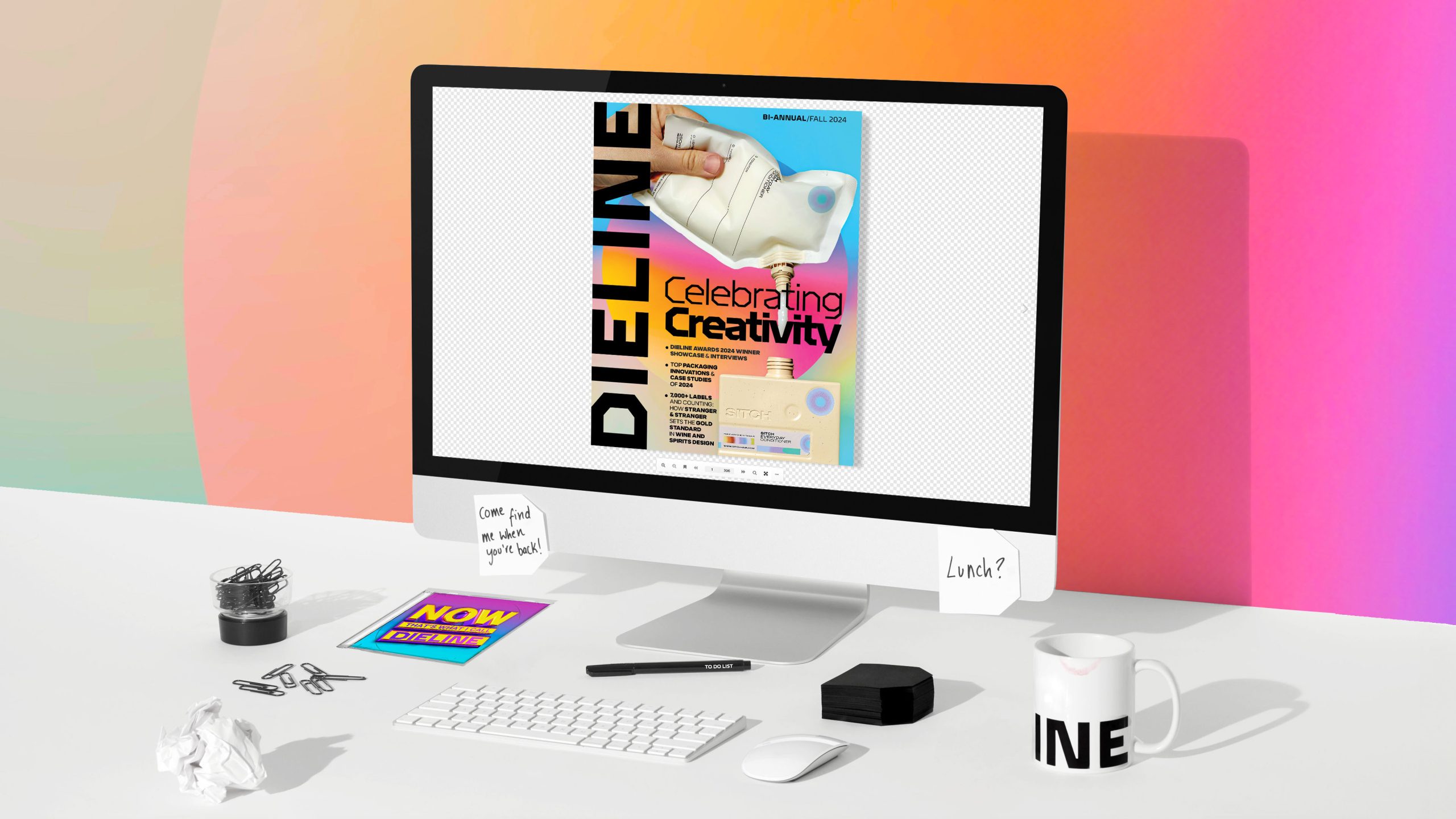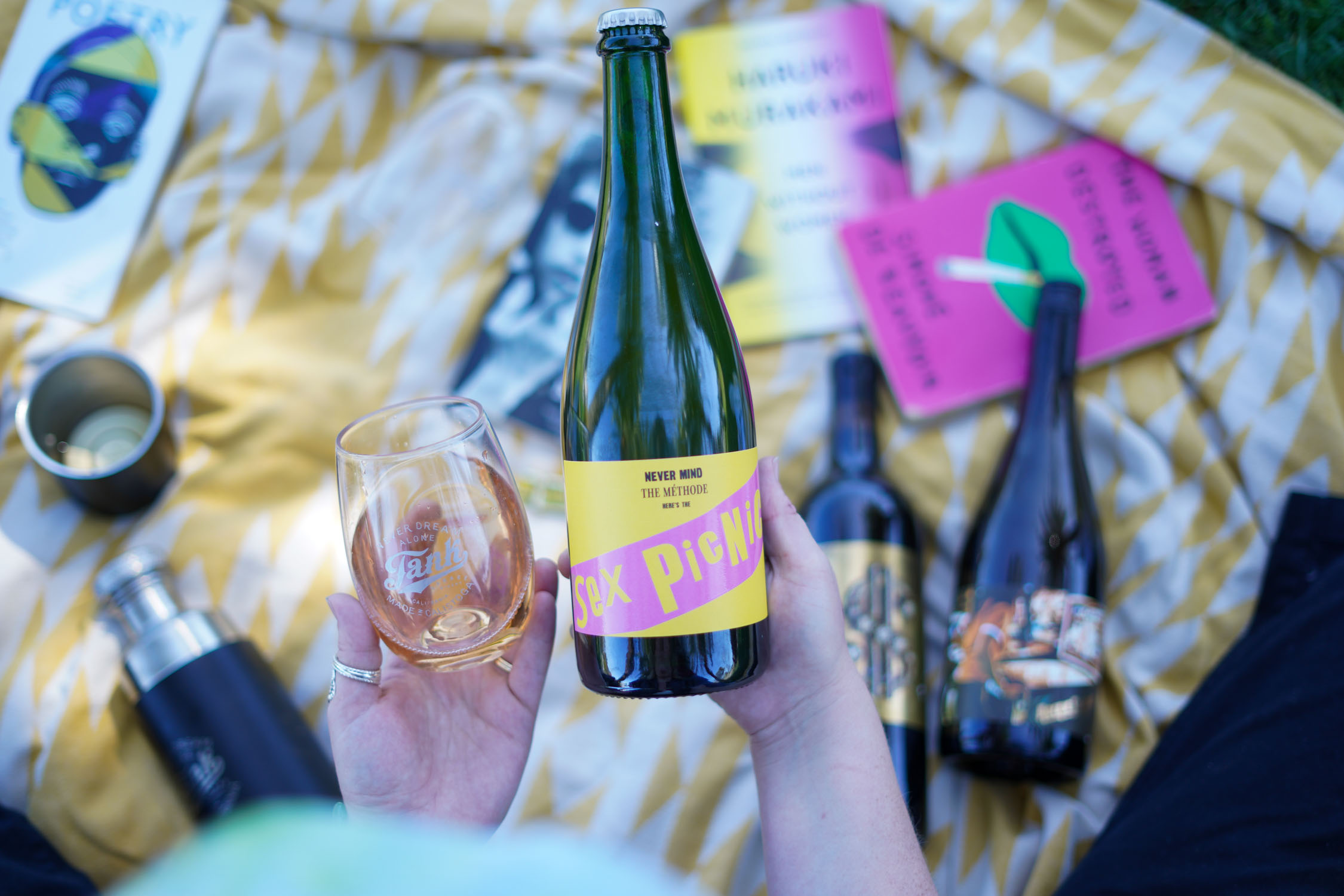Pablo Picasso once said, “Good artists borrow, great artists steal.”
Every artist and writer is certainly aware of this oft-repeated bit of wisdom, and there’s a kernel of truth to it. There’s also the view that no design is original and that it’s an evolution of everything that came before it. But I also believe that there’s a difference between a design that’s been “inspired” by something versus a design that’s been downright duplicated.
And maybe that’s the question we really need to start asking—what’s the difference between a tribute, a reference, and a direct copy?
It’s much harder to quantify in practice. It can be subtle, but the distinction is crucial. For me, a tribute honors a specific style or design element, often incorporating recognizable features as an homage while maintaining enough distinction to stand as its own creation.
Something like David versus the gold-wrapped PowerBars of yesteryear feels appropriate as a tribute—a reference that draws inspiration from an existing design. But it also adapts to fit a new context, integrating familiar elements in a way that respects the original while creating something fresh. You can see the same idea at play with Olipop’s Doctor Goodwin and Dr. Pepper.
A copy, however, reproduces critical aspects of the original design with minimal alteration, crossing over into a world of straight imitation without adding meaningful innovation or differentiation. Ugly Vodka and Dirty Water is a recent example of a copy. TWYG and Cecred is another. There’s also Dalci versus Ruani, or Laurel’s and Jibby. Unfortunately, we can go on and on.
Packaging design can sometimes balance paying homage to historical aesthetics and pushing boundaries to create something new, keeping the industry in a constant cycle of reinvention (and maybe even stagnation). While borrowing elements from past eras and different spaces (fashion, music, theater, etc.) is encouraged and expected, lifting entire concepts is an issue for many creatives.
Candy Brophy is a creative director and graphic designer based in Melbourne, Australia, and is known for her concept work based on existing designs. “I started designing just to create products I wished existed out of frustration. Many existing brands I love have updates that I would have done differently, led by boardrooms, not creatives, usually, which led me to make parodies of those updates as if I were the boardroom table dictating the brief.”
When asked if brands have been upset by her work, she stated that there have been mixed reviews. “I had 7/11 remove my work from Behance, but they were bought out recently, and I guess I have a new legal team that has to justify their wage,” she jokingly shares. “On the other end of the spectrum, I was contacted by an art director at Coca-Cola because he liked my concepts and wanted to work together, so it’s surprising how many people see my work, given I keep my following low. I’ve had nasty messages and comments now disabled from incredibly opinionated male “branding bros,” but I block and move on; I don’t need to ask the world’s permission to imagine.”
Pressure from clients, brands, and founders can set designers up for failure from the beginning. Over-reliance on mood boards may also lead to unintentional visual copying. When combined with tight deadlines, this often results in a design that feels too close to the original inspiration.
When brands get too close for comfort, it dilutes creativity and stifles innovation. As designers and companies opt for familiar aesthetics that have already proven successful rather than taking risks on original ideas, the shelves become overrun with sameness. Over time, this leads to a saturation of same-ish designs and homogenization, reducing the diversity of visual expression and making it harder for once distinctive packaging to stand out. Instead of fostering a competitive landscape of creative packaging, the market becomes cluttered. Suppose you’re copying another brand (or think you’re finding inspiration from another brand), hoping for the same virality or consumer support and love. In that case, you really end up just cannibalizing the entire market and asking for trouble.
Haylee Jordan, Creative Director and Co-Founder of Supercult and thought leader within the CPG design space, shared her thoughts. “Copying just sucks—the more designers copy, the more the creative industry feels homogeneous. The whole point of design is to design, isn’t it? That means making something original, no matter how hard that process truly is,” Jordan shares. “The more designers copy, the more the truly innovative creatives will shine. That becomes very apparent when looking at an original design—it just has more soul. You can spot a copy from a mile away because the soul has been sucked right out of it. It’s quick and cheap, and the viewer can sense that.”
On the other hand, consumers can inadvertently encourage copycat design by naturally gravitating toward packaging that feels familiar or recognizable. When faced with a variety of products, many shoppers tend to choose a design they’ve seen before. Brands recognize this preference and may opt to imitate these familiar aesthetics, believing it will increase the chances of capturing consumer attention and boosting sales.
This behavior can create a feedback loop. As a result, originality takes a backseat to familiarity, reinforcing the cycle of copycat design and further discouraging brands from exploring more innovative or unique packaging solutions. At the end of the day, though, as Jordan shared, the duplicate design often lacks soul, which consumers do notice. Whether or not it might be subconscious is another question.
When I asked Jordan for examples of packaging designs that look like direct knockoffs, she thoughtfully stated, “I think the copy-call-out culture has gotten a little insane, so I don’t subscribe to calling out too many of these copies. I think Goldi Olive Oil is a little too close to Graza. There are dozens of examples like this in CPG. Many brands have copied elements. We see the Kin (full gradient can) aesthetic everywhere. Kin still did it better, and they’ve built a brand around their package design, which is what many copycats fail to do.”
To tread ethically, designers should ensure they’re building upon existing designs rather than duplicating them. That means thoroughly understanding and transforming the inspiration source to fit the new brand’s voice, audience, and purpose. It’s also about pulling inspiration outside of the CPG space.
“Fashion and interior design are such fun ways to approach brand design. Good brands are built in layers, which is also how fashion, styling, and interior design work. I love to look at interior design because great interior designers mash up styles and create conceptual designs in their work,” notes Jordan. “They use texture, paintings, lighting, and patterns, layering them to create a new room and ultimately a feeling. You could get inspired by a piece of fabric, a vintage dresser in your grandma’s house, or even how an oblong pothole was filled in the street during your walk. Inspiration is everywhere; never take it from just one place.”
Adding unique elements or a modern twist can differentiate the design while maintaining respect for the original work. Transparency about inspiration, crediting original creators, and ensuring that the new design contributes something distinct to the market are essential to ethical design practices.
Shaming the dupe or copy often becomes more viral than the copycat design. Take, for example, the way Graza’s founder, Andrew Benin, went viral for calling out a competitor for using a squeeze bottle. Of course, Benin 100% didn’t invent the squeeze bottle; he simply created something influenced by professional chefs and kitchens and imagined how that could inspire the packaging he sold. Of course, unless you’re deep in the CPG space, you likely don’t remember that he was calling out Brightland’s Pizza Oil.
Similarly, I recently shared a new designer’s work on an exploratory packaging design concept for a non-alcoholic spritz. I loved the color palettes she shared and seeing the first stages of a new design. Yet, when I shared it via social, it snowballed into people publicly shaming the designer for copying Ghia. However, the designer made it clear that the images she shared were part of an initial exploration and nothing was final.
But was it something that needed calling out? Brands sink countless dollars into launching their companies, and I understand they have become their babies. When founders care about their brand (as they should), they want to protect everything they’ve built. That makes sense.
Graza has been mimicked to death, which, to me, is proof of just how incredibly strong the design is. But you could also look to the often-imitated Liquid Death; as far as I can tell, not once has a founder or a brand member called out or publicly shamed a dupe, which speaks volumes about the belief and confidence in what they’re building. The founders know what they’ve created is strong and original.
When Ghia launched its new Le Fizz product this past week, the marketing collateral and photography around the drop was undeniably Ghia. Everything, down to the Instagram stories, was built upon the easily recognizable brand identity. THAT is where original brands thrive and rise above.
Calling out a dupe might be wasted energy that could instead be spent building a unique, innovative branding system. When founders hone in on what makes their brand special and can articulate that visually across all platforms and spaces, consumers can and will notice.
As Jordan mentioned, when a brand has built a solid foundation, it can use that to continue building its visual brand through marketing collateral, photography, social media, email campaigns, etc. Many people are behind what makes a brand’s creative special, and it comes to life in many ways; the packaging is just one manifestation of them. And yet, an original take of a new design will always rise to the top because of its supporting creative and the team of creatives behind it.
But the real takeaway here? Just don’t copy.














